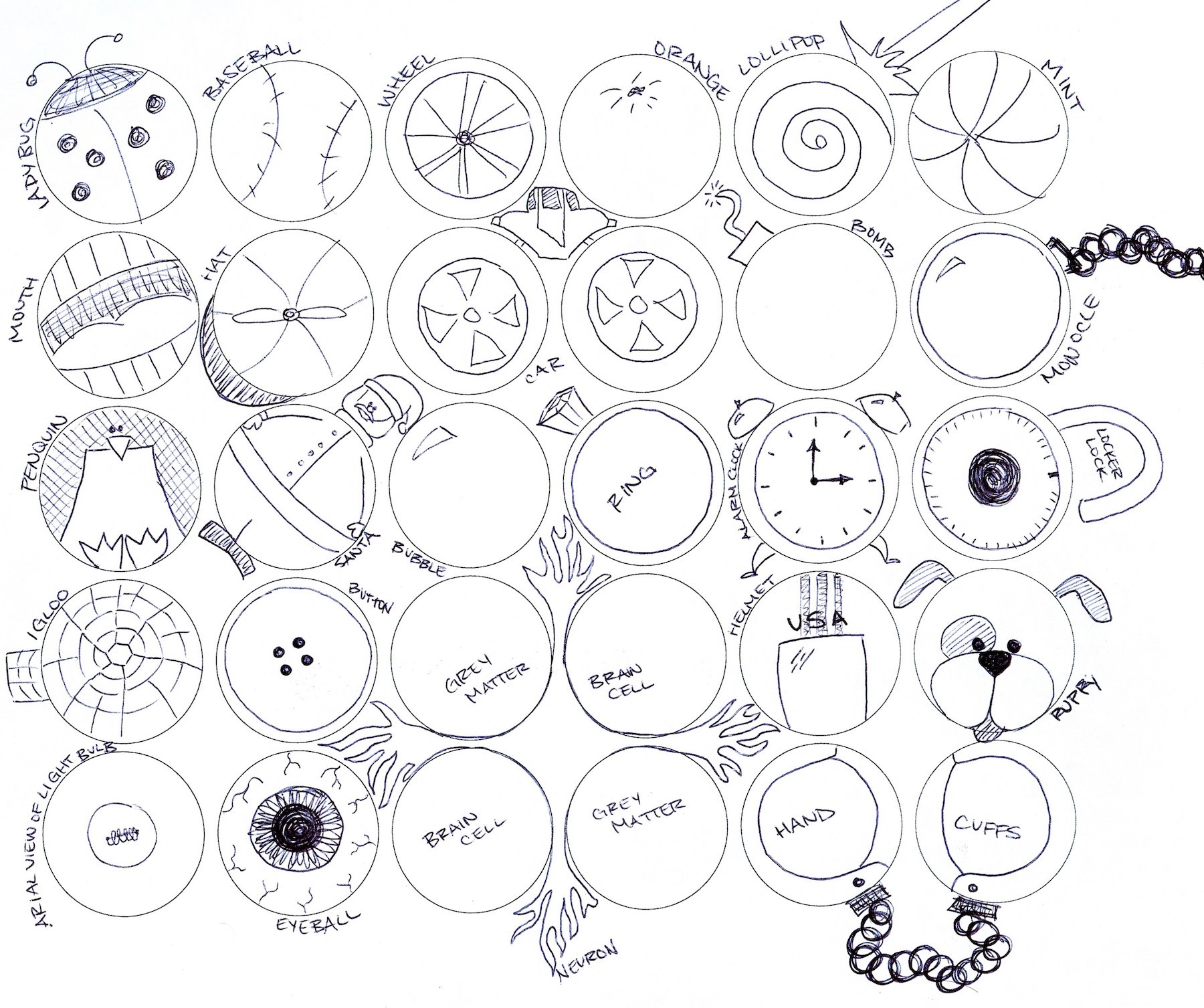your journey
5 Ways Warm-Ups Align Mindsets to Foster Creativity
As children, most of our learning occurs when we play – the world is our laboratory. As we progress into adulthood, however, we sometimes lose our connection with experimentation. Particularly when ideating, many adults do not see themselves as creative. But, if you think of creativity as a skill, a muscle that you can work, then anyone has the capacity to be creative, and “play” can be the means with which to access that creativity and unlock innovation.
Warm-ups and ice breakers are the perfect tools to do so. After observing the impact they have on groups at design thinking workshops, SAP decided to host a meeting to introduce others to the value behind fun, yet strategic, warm-up activities that can be used either before workshops, or throughout.
“Our warm-ups stemmed from the idea that, even though they seem so small, they really do change an atmosphere.”
A total of 20 people, including students, professors, lawyers, IT professionals, designers, and consultants gathered at in Palo Alto, and united as three teams to learn a handful of warm-ups suited for different activities and skills.
While the attendees experienced seven warm-ups, there are hundreds more, and even more variations for each one. Workshop facilitators can choose warm-ups that best suit the workshop objectives, attendees, timeline, and other variables. We’ve provided a downloadable handout at the bottom of this article, including the seven from our workshop, which we feel help align mindsets to innovate by achieving the following five goals:
1) Foster Creativity
Especially important when conducting workshops with attendees that do not come from traditionally perceived “creative” or “artistic” occupations, warm-ups can help build up people’s confidence in their own creativity. Warm ups like “30 Circles,” which involves drawing as many sketches as possible in one minute, forces people to get over ‘blank page syndrome’ and fight the urge to make sketches to look “beautiful,” instead focusing on communicating ideas.

“We have a lot of warm-ups that give people the opportunity to be creative. Every adult is creative, they just may not believe that. As facilitators, it’s our role to show them that they can do it.”
2) Practice Design Thinking Skills
Warm-ups can also serve to help people learn more about the design thinking process. They can help participants discover or practice skills, whether in preparation for workshop activities or as a key takeaway. For example, “silent interviews” is a great warm-up to use when teaching participants about need finding and interviewing, particularly when it comes to the importance of body language and nonverbal cues.
3) Flatten the Hierarchy
When executives or managers are present, it can be intimidating for other employees to be honest and open, which is vital for surfacing key points and opportunities. But, if higher-ups lead by example and embrace seemingly silly activities like the “Snap Clap Stomp” warm-up, employees take it as their cue to loosen up.
“It’s great if you can have a key executive or someone really set the example, then you are giving the opportunity for everyone to become comfortable, even if from a very traditional company that has a strong corporate atmosphere.”
4) Build Comradery
Sometimes a group of participants may not be overly comfortable with one another. Creating mixed groups with people who do not already work in the same team helps to break the ice, but so does having these groups compete with one another through warm-ups, like the “Paper Airplanes” exercise. Competitiveness quickly instills a sense of comradery in newly formed teams, regardless of the departments or units from which team members originated.
“Oftentimes these people work for the same company, but most of the time, they have never met. You are literally bringing people together for the first time. It is beneficial not just for the workshop, but for what follows afterwards, because they start building a sense of connection.”
5) Think Outside of the Box
It’s especially satisfying when participants feel comfortable voicing really wild ideas. When ideating, people tend to first think of “safe” or “expected” ideas, unless constraints are brought into the mix. This is why the “opening a restaurant” warm-up is such a great exercise: it’s easy for anyone to think of a restaurant concept with no constraints. But, what happens when they can’t have a chef, a kitchen, or a liquor license? That’s when out-of-the-box ideas emerge.
At the meetup, the team with the most difficult constraints ended up devising one of the most creative ideas, which is exactly the goal. Most teams are actually surprised with what they come up with or with what others create. In turn, the activity boosts their self confidence, which allows them to be more comfortable with ambiguity, failure, and one another.
Share this:

Neil ran his first SAP transformation programme in his early twenties. He spent the next 21 years working both client side and for various consultancies running numerous SAP programmes. After successfully completing over 15 full lifecycles he took a senior leadership/board position and his work moved onto creating the same success for others.